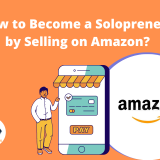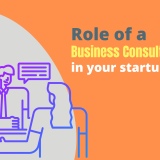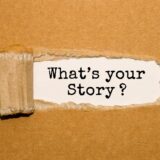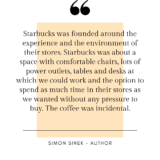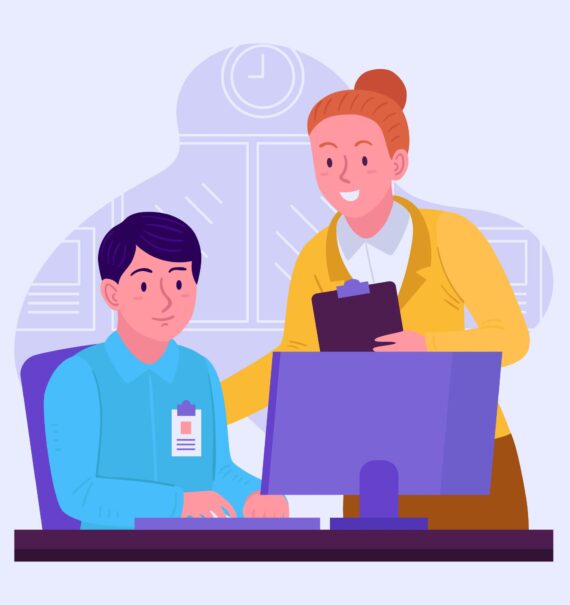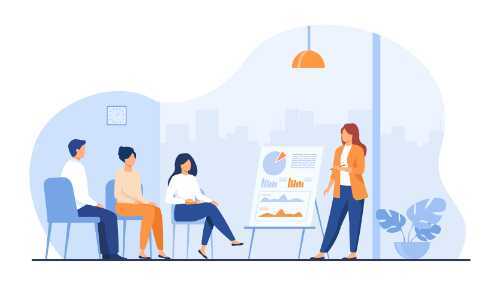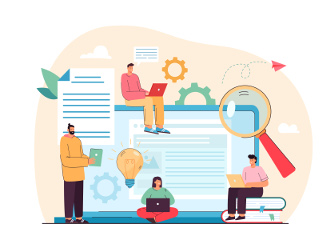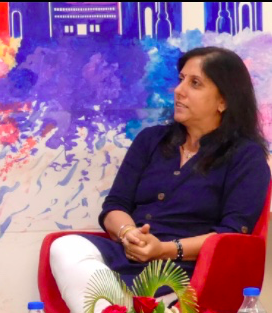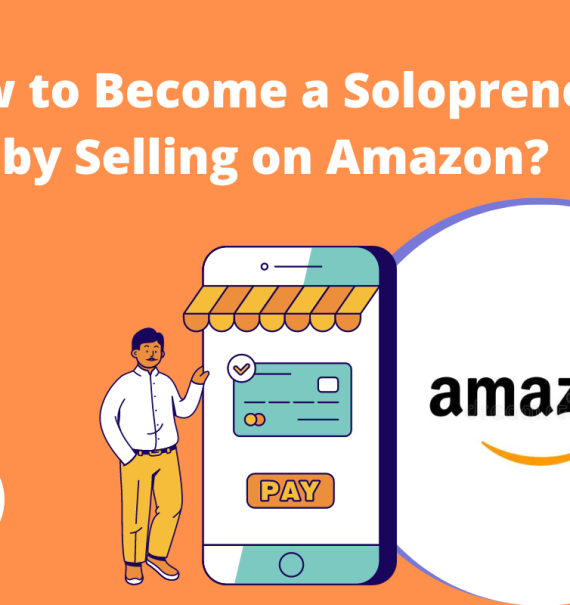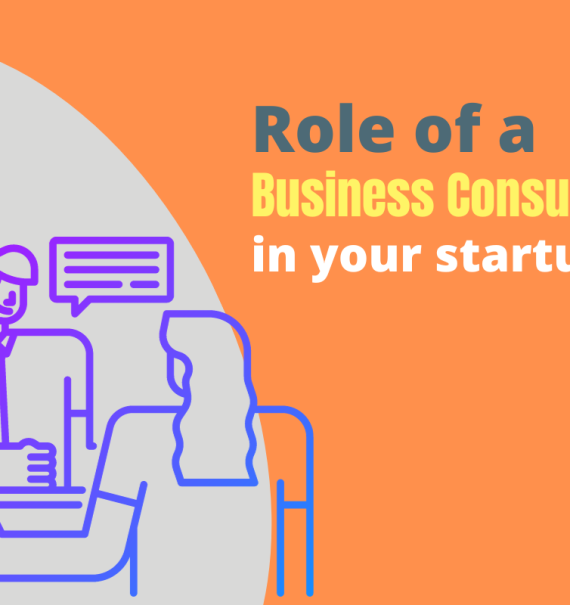TrackSchoolBus Starts Up – A Case Study


“He is still not back from school. It’s almost 4pm!”, Rob panicked when he called his wife Jenny. Their son Jim, came back from school at 3pm everyday. It was 4pm and there was no sign of the school bus. Rob or Jenny didn’t have the contact number of the school bus driver and neither were the kids allowed to take a cell phone to school. There was absolutely no trace! There were frantic calls from other parents who said the school had no idea too.
Amidst all the panic, suddenly the yellow gleaming school bus appeared on the driveway. There was a huge sense of relief. The driver said he had to fix a bad tire out of the blue and hence the delay.
Rob was a Software Developer. The geek in him immediately sprung to action. He decided he would create a mobile app which would allow tracing of the whereabouts of the school bus so that parents knew exactly where it was. And thus was born – TrackSchoolBus – Worry Free School Travel.
Startup Consultant Natalie
So, Rob had a brilliant idea on his hand. What next?
He decided to spend evenings and weekends after his day job to work on TrackSchoolBus. So, one fine Monday evening he sat down at his desk staring at a blank notebook but a whirlwind of thoughts inside his head. “So, I might need to hire 2 more developers if I have to do this in 2 months.. But then I don’t have that much money…I’ll create an impressive Pitch Deck and I’ll approach investors…Wow! This is brilliant – I will also include a RFID feature which can scan the child’s id card and report his boarding the bus to the parents”.
It was a big jumble of all thoughts at one go. Rob felt he needed help. He decided to contact his friend Natalie who was a Startup Consultant.
Natalie assured Rob that there was a defined process that she had successfully implemented with other Startups. Following it to the T would help him achieve success in the timeframe that he desired.
Ground Work
Natalie and Rob met on a beautiful Saturday morning at a coffee shop. Natalie said “Rob, I don’t mean to demotivate you. But here’s the thing. Do you think TrackSchoolBus really has the potential that you think it has?” Rob was a little offended. After all this idea was so close to his heart.
Natalie took quite some time in making Rob understand, that for every Startup Founder it was normal to feel this way. However, the smart thing to do, if he really wanted to make this happen was to keep all sentiments aside and validate this idea.
Over the next few days, Natalie asked Rob to conduct surveys, list keywords related to his idea, do some competitor research. Rob did as instructed and found out that he was not alone. There were others who had built such an app. He needed to add some “zing” to it to make it stand out. The good thing was that they survey reports clearly pointed out that there was a desperate need for something like that and that parents and schools were willing to pay if they had to but this would really take a load off their minds.
Once the ground work was in place, Rob and Natalie decided to embark on the 7-Step Startup Success Formula Journey from the next day.
Step 1 – Document Your Vision
Natalie asked Rob some very focused questions. She asked him to randomly put down all the features that came to his mind for the TrackSchoolBus app. Then she asked him to hierarchically organise the thoughts and link them where appropriate. And thus was born the Mind Map
Then Natalie delved deeper. She asked Rob how he thought each feature would be represented in the app. She asked him to draw it on paper. There were a lot of back and forth revisions and finally Rob came up with a final Paper Prototype.
At this point Rob was highly excited. His vision had started becoming more and more tangible. It was time to give it the bells and whistles. The Logo was designed by outsourcing the job to a very efficient designer on Fiverr.
And then Natalie asked Rob the golden question. “What is it that zing that will distinguish you from your competitors”. And here Rob revealed his USP (Unique Selling Point) – “RFID tracker to ensure that my child boarded the bus or got off the bus”.
Step 2 – Crafting your Team Vision
In the second meeting Rob raised a genuine concern. “Natalie, I did some calculations. I know that I will need at least 2 more developers if I have to create this app in the next 3 months. And if I get 3 developers, maybe I can develop some features in parallel and release the app in 2 months. And now comes the golden question – Should I hire these developers or should I outsource the requirement to freelancers or maybe a software development firm?”
“There is no defined answer for this which applies to all”, Natalie said. “But there is a formula which can help you arrive at an answer. If you know that your product vision expands over a long term and also you will need many customisations since you cannot define everything right now, the answer is hire an in-house team. If your product vision is clearly defined and not dynamic in nature then outsource and get it done. There is a simple logic behind it – for every customisation that you ask for the outsourcing team will charge you separately. If you have too many customisations you might end up paying a lot and more importantly you might inhibit yourself thinking that every customisation that you ask for result in an expense.”
Step 3 – Arranging for Funds needed to run the show
Rob decided to outsource work since he knew that the app had focused requirements and he knew exactly what he wanted based on the Paper Prototype and the Mind Map exercise that Natalie made him do.
The question was how to arrange for the money to hire these developers. And wait, he would need money for marketing too. Rob was a Software Developer. All this accounting jargon was mind boggling.
Natalie calmed him down and made him understand that it was just a matter of 2 documents.
One was the Financial Working Excel sheet. It was as simple as thinking of all Expenses – in Rob’s case it was Web and app related hosting expenses, Software Development Expenses (which could be proposed by the Software Development Outsourcing team either as a Fixed Cost or Time and Material basis) and Marketing Expenses (which would be proposed by the Marketing Outsourcing team). For Marketing, Natalie made him understand basic metrics like CPC (Cost Per Click), CPL (Cost Per Lead). They identified the Revenue Model. They made some basic projections of the sales. Rob had the Expenses on one side, Project Revenue on the other side and the Financial Working Excel Sheet was ready. Of course, it would go through multiple iterations after brainstorming but the basic format was in place and that was good to go.
Now that the Financial ground work was done, it was a matter of putting everything that Rob had done till now – The Problem Definition, The Solution Definition and USP with high level figures of Expenses and Projected Revenue in an impressive presentation called the Pitch Deck.
Natalie connected him to Venture Capitalists who called Rob for various rounds of meetings. Finally, StellarStar Ventures saw the potential in TrackSchoolBus app and pitched in to fund the venture.
It was a day of celebration!
Step 4 – Creating your Product
The initial Paper Prototype was in place and Rob was under the impression that it was enough to get things started off. He thought that all that needed to be done was handing over the Paper Prototype to the developers and telling them to get started off.
Natalie understood that like most other Startup Founders, Rob also wanted to see his dream come true ASAP. However, she sat him down and explained to him that to create a state-of-the-art product it was important to enter the end-user’s mind and think like he did. And before that it was important to visualise your end-user as a real person, even give him/her a name so that he could visualise his actions better. This was a the stage of User Persona definition and User Journey Planning.
Even though Rob had a clear picture of what he wanted in the app, Natalie explained to him that he needed to follow the Agile model of development. The focus would be to first define the MVP (Minimum Viable Product) and launch it. That would help in getting initial feelers. Then the next releases could be planned in phases. That way Go-To-Market time could be reduced.
Rob then handed over the User Persona, User Journey, Paper Prototype and Mind Map to the developers. Natalie instructed the developers to create a Static Prototype first. This is a clickable prototype which is not the real working product. It is just a series of pages with plain boxes and elements to give a tangible feel to the Paper Prototype.
Then came the part which took the most time, since presentation is the face of the app. The Development team had a UI/UX (User Interface / User Experience) specialist who focused on the look and feel of the app in terms of colours and layouts. He advised on changes in the User Journey to enrich the User Experience where he felt appropriate.
The Technical Architect created a technical model for the developers to follow and build the app. The choice of technology was of course based on the fact that it should not be obsolete and should allow a robust app which was scalable.
A perfect MVP was created based on the Paper Prototype and UI/UX framework. Finally, Rob realised his dream of the TrackSchoolBus app in a tangible form.
Step 5 – Convert Traffic to Leads
Once the product was ready, the next step was to tell the world about it. There is a lot of marketing jargon thrown around when a Startup starts outlining its marketing strategies. The best idea suggested by people is to just go out there on every possible social media channel and start talking about it.
Natalie skipped the jargon and explained to Rob that every social media channel has its own voice. Not every product can be marketed on every social media channel. You need to understand where your Target User Persona visits and focus only there to improve the chances.
Also, creating rich content which gives a clear message that you are the expert and you know what you are talking about is the key to drawing in the traffic. The keywords in the content will help Search Engines rank you better and show your content when people search for relevant keywords. That is Search Engine Optimisation (SEO). And yes, that is only half the battle won.
Once the traffic starts coming in, it is again upon you to provide value to the traffic. “Marketers call it Lead Magnets, I call it Value Magnet”, Natalie explained. If your mission is to provide value to your end users, they will never hesitate in leaving behind an email id and allowing you to contact them in the future.
Funnelling that traffic into an email list of genuine users is the first stepping stone to your Startup Success.
Step 6 – Convert Leads to Sales
Once your Target Customer starts believing in you as the Expert and gives you the permission to connect to him, the Sales journey begins from there.
The Sales activity has a reputation which is not so good. Sales personnel are expected to nag, to keep calling their customers (sometimes at the most unearthly hours) to ensure they close a deal.
Natalie brought in a new perspective here – Marketing Automation.
If you really don’t want to come across as “Salesy” use the advantages of email and SMS/Whatsapp communication. There are tools like Zoho and more who allow you to setup Automated Journeys where emails / sms are sent out automatically as per your preferences. Also, based on the user’s action the further emails and sms are sent out in a customised manner which could be different for each user.
Natalie was quick to add here “I am not underplaying the effect of a Sales Call here. All that I am proposing here is that instead of making a Cold Call, it is better to bring the customer to a point where he knows you because you have been subtly knocking on his doors and then ask him if he is still interested. And well, even if he is not, he is there on your email list and he has allowed you to send him emails. If not today, then tomorrow maybe the need arises and he is ready just out of the blue to invest in your product.”
So keep knocking subtly.
Step 7 – Serve Your Customer
Rob’s TrackSchoolBus made much more revenue in the first month of its launch than they had projected. He was on top of the world.
At this point Natalie gave him some final sound advice. “Keep in touch with your customers all the time. All the more when they have a problem. Make sure you address problems first and then work on the future versions of your product. Serving your customer after you have made a sale will not only ensure longevity but also Word-Of-Mouth Referrals which are the biggest source for increasing your user base. And being the fan of Tools and Automation that I am, I would recommend using tools like Zoho Desk, Fresh Desk to take care of it for you so that you can serve them in an organised Ticketing Based System.”
So, that was the Case Study of the Startup TrackSchoolBus from Idea to Profit using the 7-Step Startup Success Formula. Sincerely hope it does the same magic for you as it did for Rob.
Adios for now. For any help that you ever need – remember I am just a message away! Feel free to share your thoughts in the comments.


